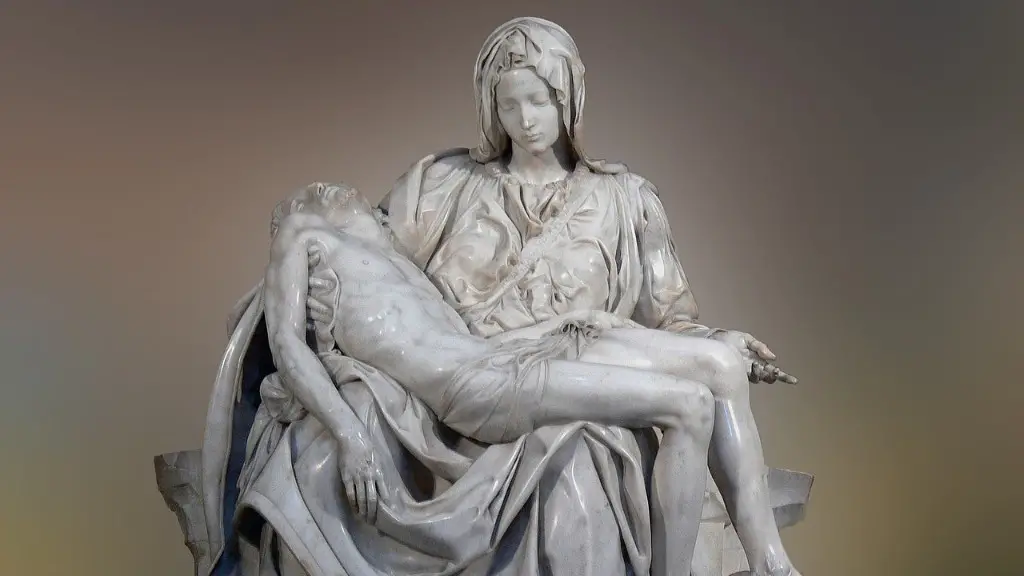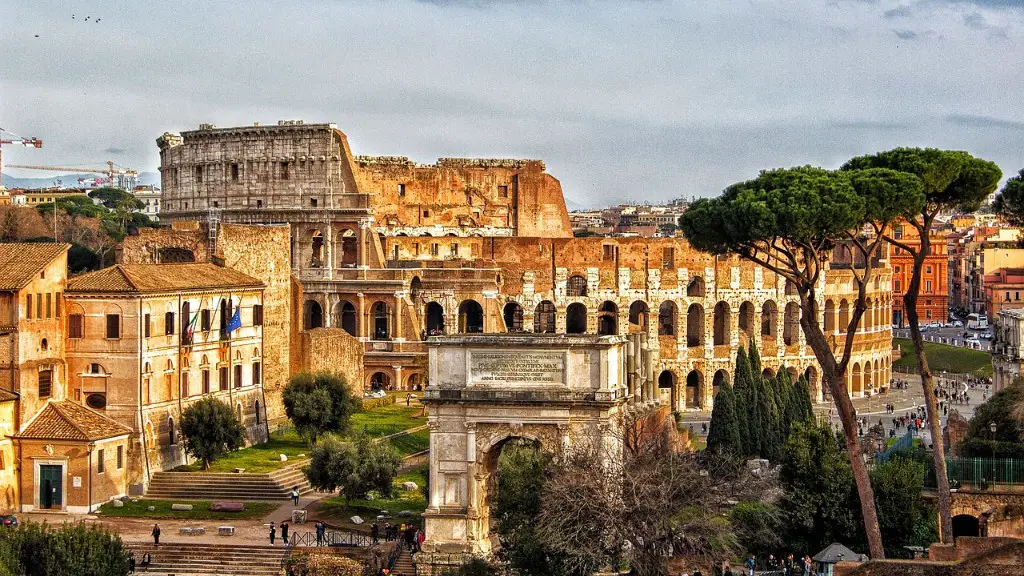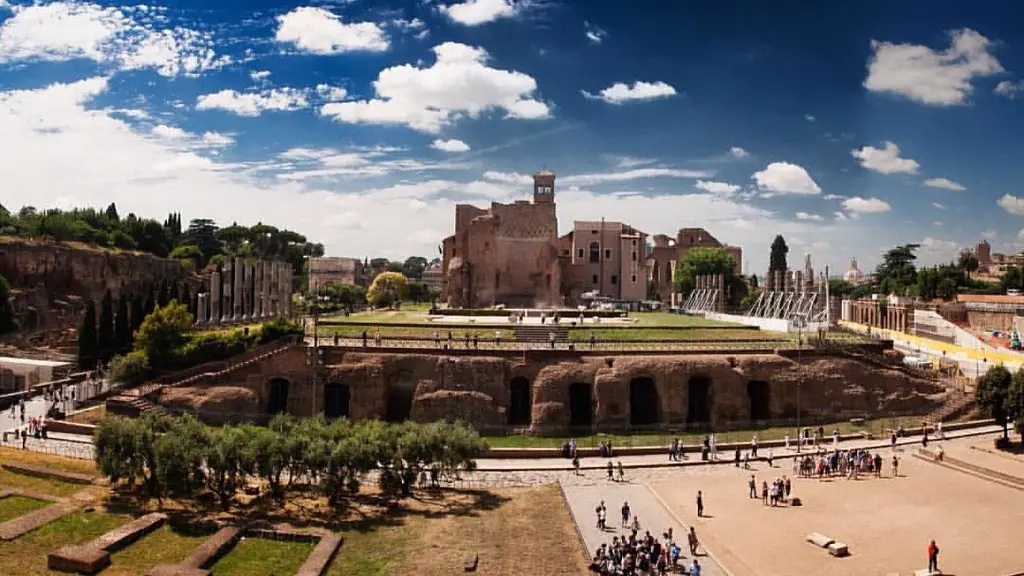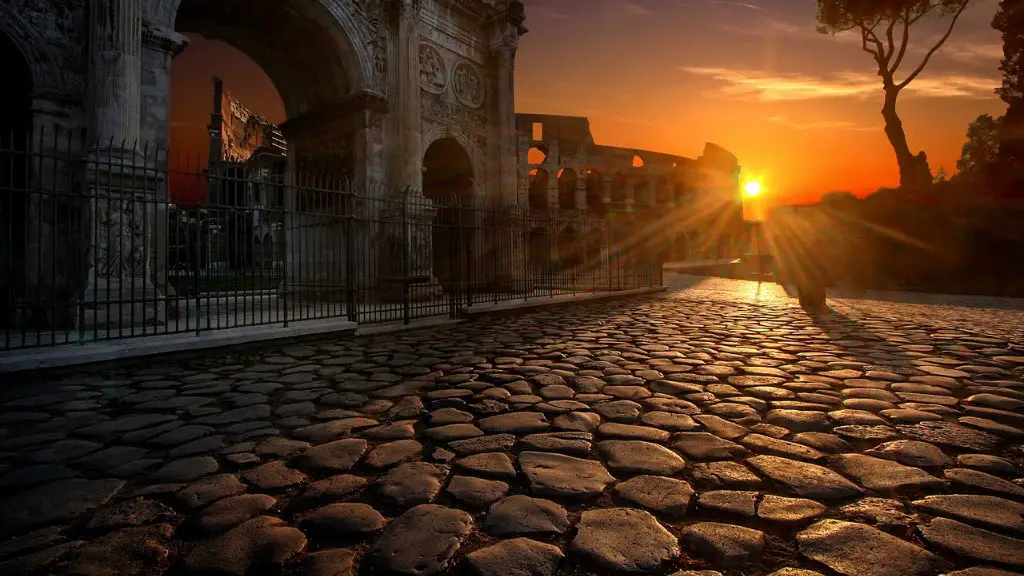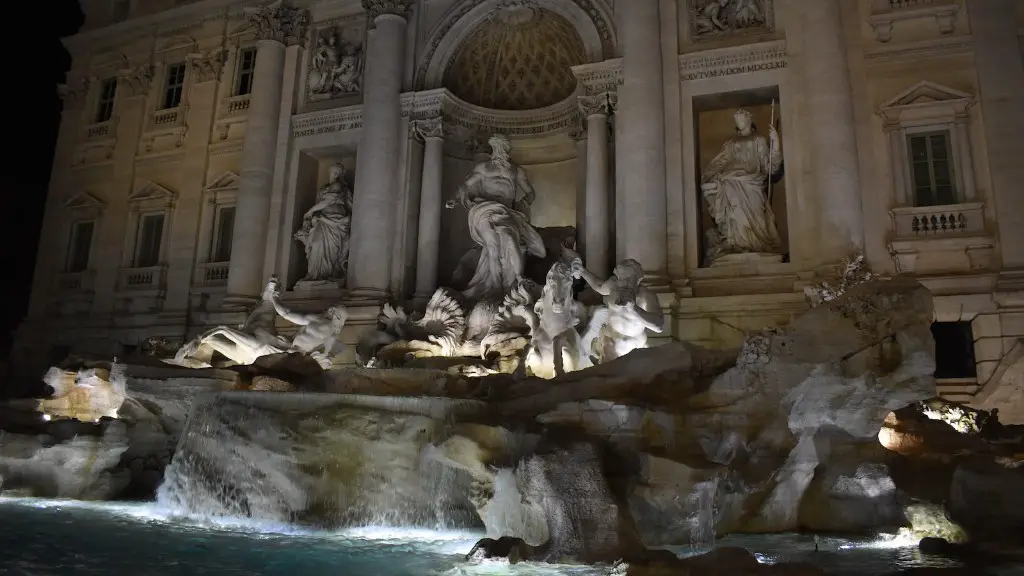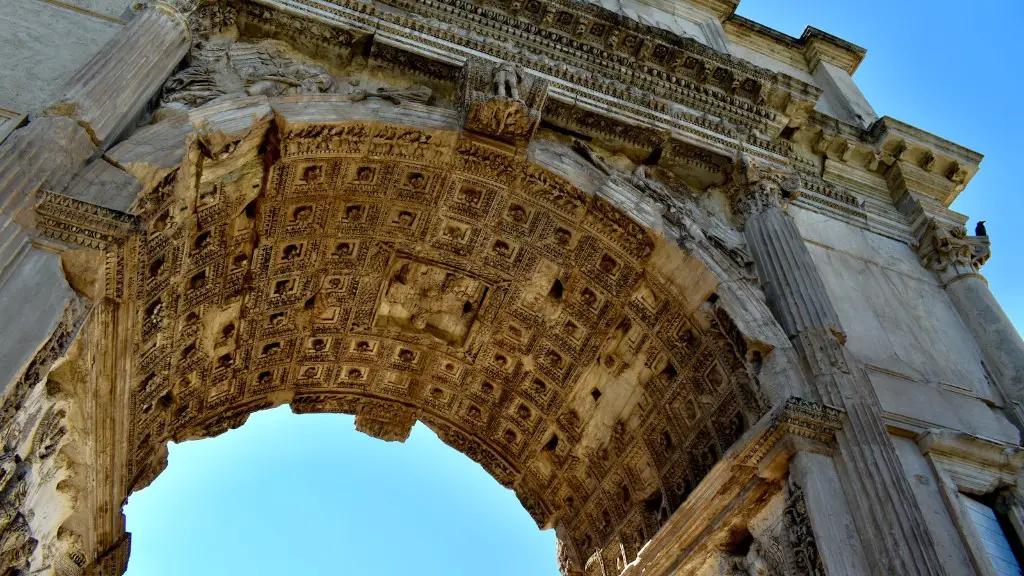Ancient Rome was one of the most powerful empires in the history of the world. It was an impressive civilization, with a vast empire spanning Europe, North Africa, and parts of the Middle East. Rome was a dominant power for centuries, creating the foundations of modern society and culture. So, which region was ancient Rome?
Most historians agree that ancient Rome was located in central Italy, more specifically the region of Latium. This is where the city of Rome was originally founded in 753 BCE and where it remained the focus of power for more than a millennium. During that time, Rome grew to control other parts of the Italian peninsula, as well as most of the Mediterranean Sea Basin.
Rome spread its influence by conquering the peoples of the surrounding territories and by introducing the Roman way of life. Roman laws, customs and architecture were adopted throughout its provinces and even the languages of the territories were replaced with Latin and the classical ideals of Rome were embedded in these provinces’ government.
For centuries, the area encompassing Rome and the surrounding region of Latium maintained a unified identity and a sense of national pride that largely came from the legacy of the Romans. This legacy can still be seen today, in the influence of classical Latin, in the art, architecture, and even in the language of many of the peoples of the Mediterranean.
Although Rome itself eventually fell in 476 CE to the barbarian invasions, its legacy and influence on the surrounding areas remained. Following the fall of Rome, the region of Latium became part of the Papal States, which was later merged with Italy in 1861. This is why the heritage of ancient Rome is still very visible in the heart of modern-day Italy.
Despite its fall, Ancient Rome continues to fascinate and inspire people all over the world. Its grandeur, its cultural achievements, and its sheer scale as an empire have continued to capture the imagination of millions of people. In fact, Rome has become synonymous with ancient civilization, from its awe-inspiring architecture to its own classics such as the Rome of Julius Caesar.
For the countless people who venerate Rome, its legacy is more than just the physical remnants of its cities, such as the Colosseum, the Pantheon and the Roman Forum.
From its educational systems to its legal and administrative systems, to its language and art that still influence our lives today, ancient Rome has been an integral part of our present day society. So much of Western culture today was influenced by Rome, even the way we think, express ourselves and appreciate beauty.
Impact of Ancient Rome
The legacy of ancient Rome still resonates today, with its impact being seen in education, politics, law, and even language. Rome’s system of government and laws were adopted and modified by many nations around the world. In fact, the concept of representative democracy can be traced directly back to the Roman Republic. Rome also set the ethical standards for many of the principles and values that we still adhere to today.
Rome also had an enormously influential and profound impact on the world of education. Roman culture valued education highly. In fact, Rome was one of the first civilizations to establish an education system that was accessible and open to all its citizens. This influence can be seen in many of the educational systems in place today.
The Latin language, so pervasive in Ancient Rome, also had a major impact on our world today. Latin remains a key language in many countries, as well as being a core foundation for many of the languages used in Europe. Even the English language has a heavy Latin influence, with more than half of its words deriving from Latin.
The words used today are very much reflective of Rome’s impact, with many of the everyday words we use including those with Latin roots. This is true even of words that have been subject to various cultural and linguistic changes over time, such as ‘hospital’, ‘alumni’ and ‘manuscript’.
Architecture of Ancient Rome
The architecture of Ancient Rome also made its mark on history, as seen today in its spectacular ruins. The Colosseum is still regarded as one of the most impressive feats of engineering and architecture in the ancient world. Its structure, the three main arches, is still a symbol of Rome’s dominance.
The Roman Forum is a perfect example of the way that ancient Rome’s architecture continues to inspire us today. It was an open public space, lined with temples and monuments to Roman gods, which was meant to instill the pride and spirit of Roman history. Its ruins endure even today, and can still be admired.
The Pantheon is another example of this grand Roman architecture. Originally a temple dedicated to all the Roman gods, it is still one of the best-preserved monuments from classical antiquity, with its distinct dome acting as a symbol of Rome.
Rome also has a rich history of churches, such as the Basilica of Saint Peter and the Church of Santa Maria Maggiore, which are considered masterpieces of art and architecture. These churches reflect the religious and artistic heritage of this remarkable city.
Language of Ancient Rome
The language of Ancient Rome was highly influential, having left its mark on both Latin and most other languages of Europe. Latin was the official language of the Roman Empire and its legacy lives on in modern Latin as well as many of the Romance languages such as French, Spanish, and Italian.
The language of Ancient Rome differs greatly from modern languages. It was highly complex, with a rich vocabulary and subtle grammar rules. As such, the language of the Romans conforms to the traditional standards of Latin and is still studied today, particularly by academics in the humanities.
The language of Ancient Rome also holds an important place in literature. Many of Rome’s classic writers and poets, such as Virgil and Catullus, wrote in Latin. Their work has inspired and influenced generations of writers, from Dante and Petrarch to Joyce and Eliot.
Interestingly, Latin is also still used today in certain areas, such as medicine and the legal system. Many words and phrases commonly used, such as ‘ad hoc’ and ‘in situ’, are in fact derived from Latin.
Roman Religion
The religion of Ancient Rome was one of its most enduring aspects, with its pantheon of gods and goddesses still frequently referenced in literature and art today. Although there were many gods that were worshipped by the Romans, the two main gods were Jupiter and Juno.
The Romans believed in the power of these gods, which they believed controlled the elements, weather and events in their lives. This is why they built many large-scale temples in their honor and held elaborate festivals in their name.
The religion of Ancient Rome also extended to the afterlife. The Romans believed in the concept of an afterlife, with the souls of the dead going to either a paradise or a hell, depending on their deeds and actions during life.
Although the traditional beliefs of Ancient Rome were eventually replaced by Christianity, its influence is still felt today. Many symbols, symbols, and rituals associated with Roman religion are still seen in modern Christianity.
Art of Ancient Rome
The art of Ancient Rome was closely tied to the religion and culture of the day. Its artists produced many iconic works of art and sculpture, such as the marble statues of gods and emperors. Roman paintings and mosaics also adorn many of the ancient ruins throughout Italy.
The art of Ancient Rome is often characterized as being grand and realistic. Its architecture was based on principles of symmetry and balance, while its sculptures were detailed and lifelike. Roman paintings tended to be mythological in nature, showing gods and heroes in epic scenes.
Roman art has had a huge influence on the world of art throughout history, seen in the works of Michelangelo and Raphael, who both drew inspiration from the great artists of Ancient Rome. Even today, Roman art continues to be seen in the works of modern artists and filmmakers.
The art of Ancient Rome is a testament to its incredible legacy, and serves as a reminder of the powerful influence this once-great empire had on the world.
